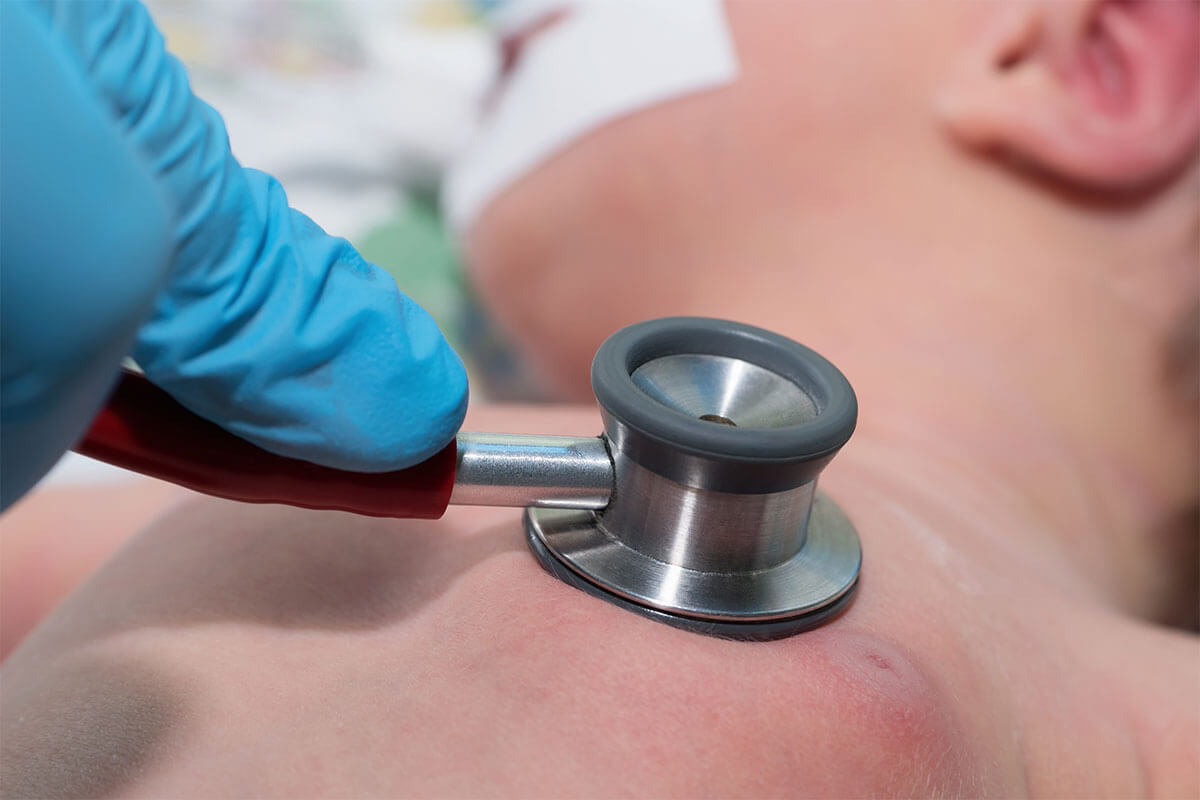Bringing a new life into the world should be joyous, but when errors are made delivery can go tragically wrong. Thousands of infants each year suffer catastrophic birth injuries that dramatically impact the rest of their lives. Understanding the common types of birth trauma helps parents know what to look for and seek proper care.
Cerebral Palsy
Cerebral palsy is one of the most prevalent birth injuries, occurring in 1-3 per 1000 live births. It involves brain damage affecting body movement, muscle tone, and motor coordination. Signs include delays in reaching milestones, abnormal reflexes, floppy or rigid limbs, and involuntary movements.
Several types exist based on distribution. Spastic cerebral palsy causes stiff, jerky movements while athetoid Cerebral Palsy leads to writhing. Ataxic Cerebral Palsy impairs balance and coordination. Symptoms range from mild to disabling. Early therapy and assistive devices can help strengthen abilities.
Brachial Plexus Injuries
These occur when nerves running from the neck to the shoulder and arm are damaged, usually by excessive pulling or pressure during delivery. Hundreds of infants suffer brachial plexus injuries each year. Symptoms include lack of muscle control in the arm and hand and loss of sensation.
Though many injuries heal, some cause permanent disability. Physical therapy can rebuild strength and range of motion. Severe cases may require surgery to reconstruct nerves and regain function. Early intervention provides the best recovery odds.
Neonatal Stroke
A neonatal stroke happens when blood flow to the infant’s brain is disrupted, destroying tissue. This commonly occurs in utero but signs often emerge after birth. Seizures, trouble feeding, reduced consciousness, and favoring one side are potential symptoms.
Impacts range from developmental delays and spastic limbs to long-term neurologic impairment like cerebral palsy if extensive brain regions are affected. Rehab involves physical, occupational, and speech therapy to regain abilities.
Infant Hypoxia
Lack of oxygen during labor and delivery can rapidly cause permanent brain damage to the baby. Hypoxia may result from umbilical cord issues, placental abruption, or failure to address signs of fetal distress. This can lead to long-term conditions like cognitive deficits, blindness, hearing loss, and speech and mobility limitations.
Infant Jaundice and Kernicterus
Jaundice from a buildup of bilirubin occurs in over half of newborns, appearing as yellowing skin. Normally it is harmless with light treatment. However, exceptionally high levels can lead to kernicterus, a rare neurological condition caused by bilirubin entering the brain tissue.
Kernicterus may result in hearing loss, impaired muscle tone and control, tooth discoloration, and downward gaze. Quick diagnosis of rising bilirubin and intensive phototherapy can prevent kernicterus if caught early.
Getting Support
Early detection and intervention for any birth injury is crucial for improving outcomes. If your child shows developmental delays or physical impairments, consult pediatric specialists immediately. Gather copies of medical records from the delivery to aid in diagnosis.
Contact a birth injury lawyer to understand your legal options. Though compensation cannot undo the damage, it ensures access to all necessary care your child will need. With support and resources, children with birth injuries can thrive.

